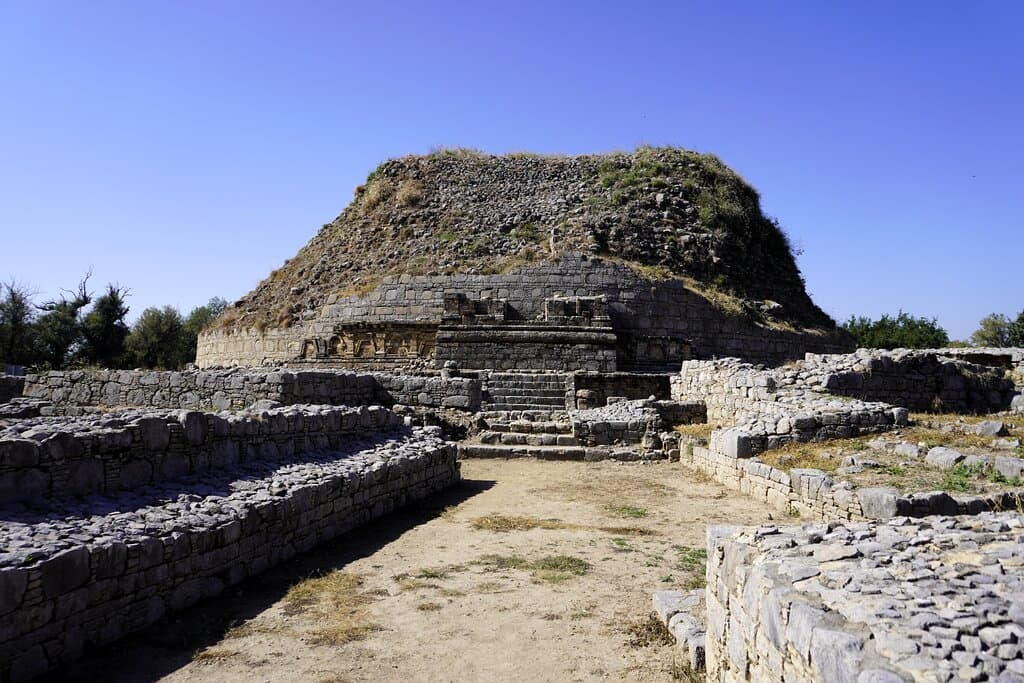
Dharmarajika Stupa Taxila
A monumental Buddhist stupa from the 3rd century BCE, built by Emperor Ashoka, showcasing ancient Gandharan art and history.
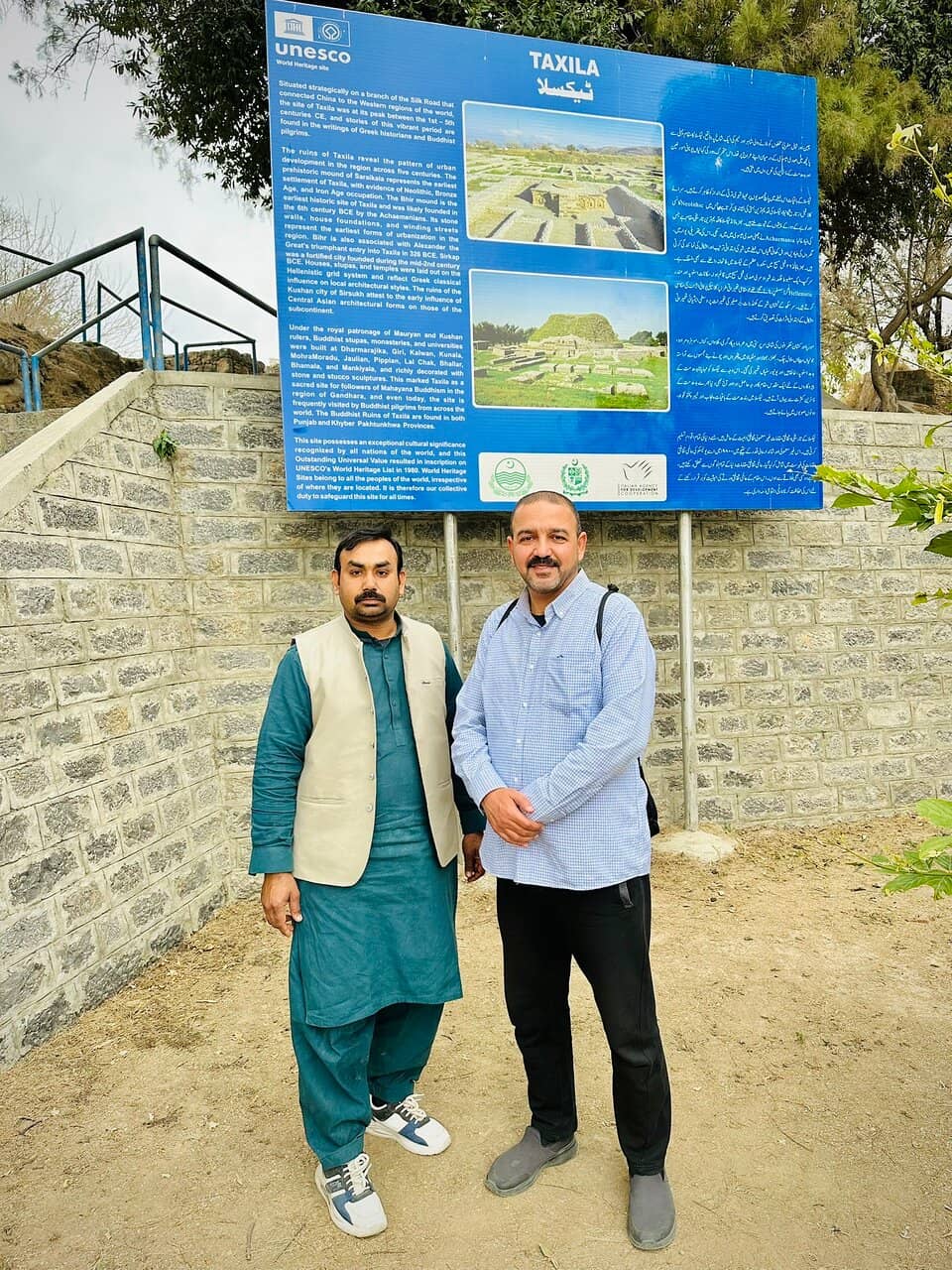
Highlights
Must-see attractions
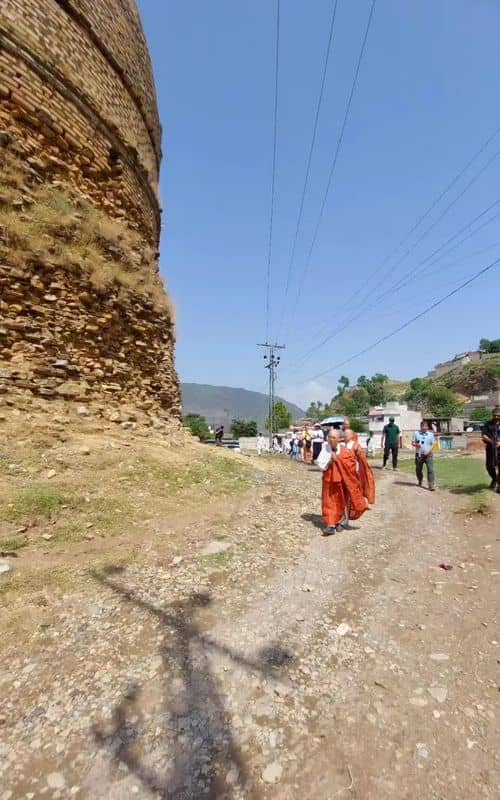
Social
From TikTok & Reddit
Best Time
Fewer crowds, cooler temperatures

Dharmarajika Stupa Taxila
Best Time
Fewer crowds, cooler temperatures

Highlights
Must-see attractions
A monumental Buddhist stupa from the 3rd century BCE, built by Emperor Ashoka, showcasing ancient Gandharan art and history.
"A UNESCO World Heritage Site offering a unique insight into Pakistan's ancient spiritual heritage."
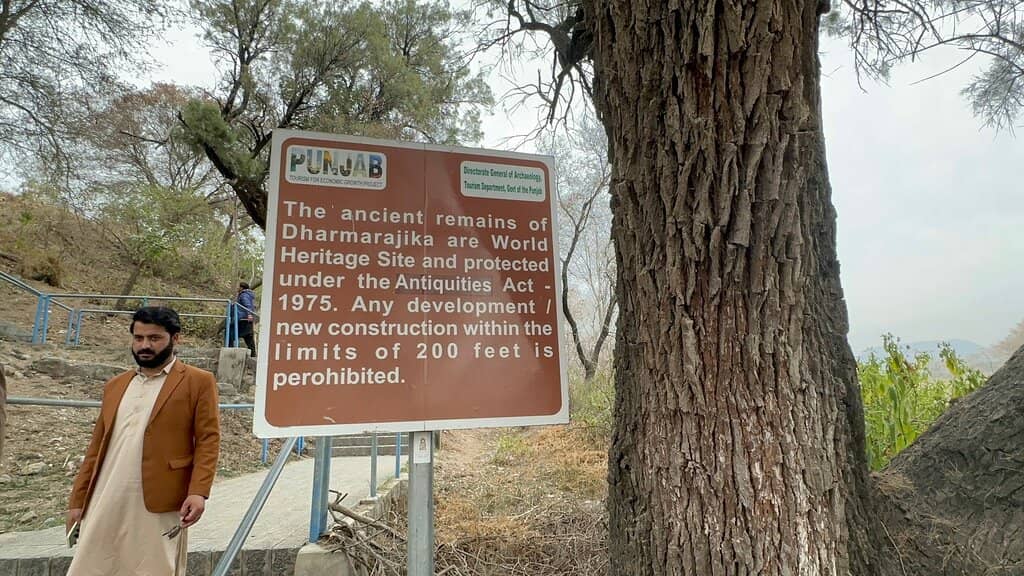
🎟️ Ticket Price
Locals pay 20 PKR. Foreigner prices may vary, inquire upon arrival. :ticket:
🚶♂️ Walking Distance
It's about 4km from Taxila Museum. Walk if you enjoy it, or take an auto-rickshaw for ~50 PKR per person. :athletic_shoe:
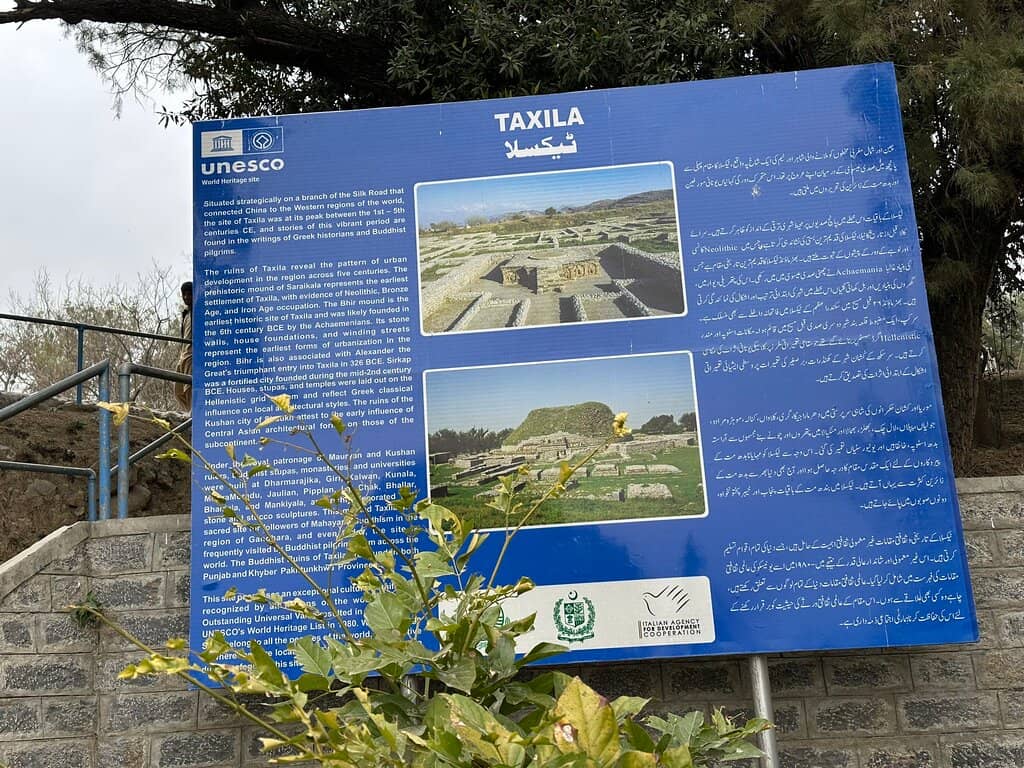
Highlights
Discover the most iconic attractions and experiences
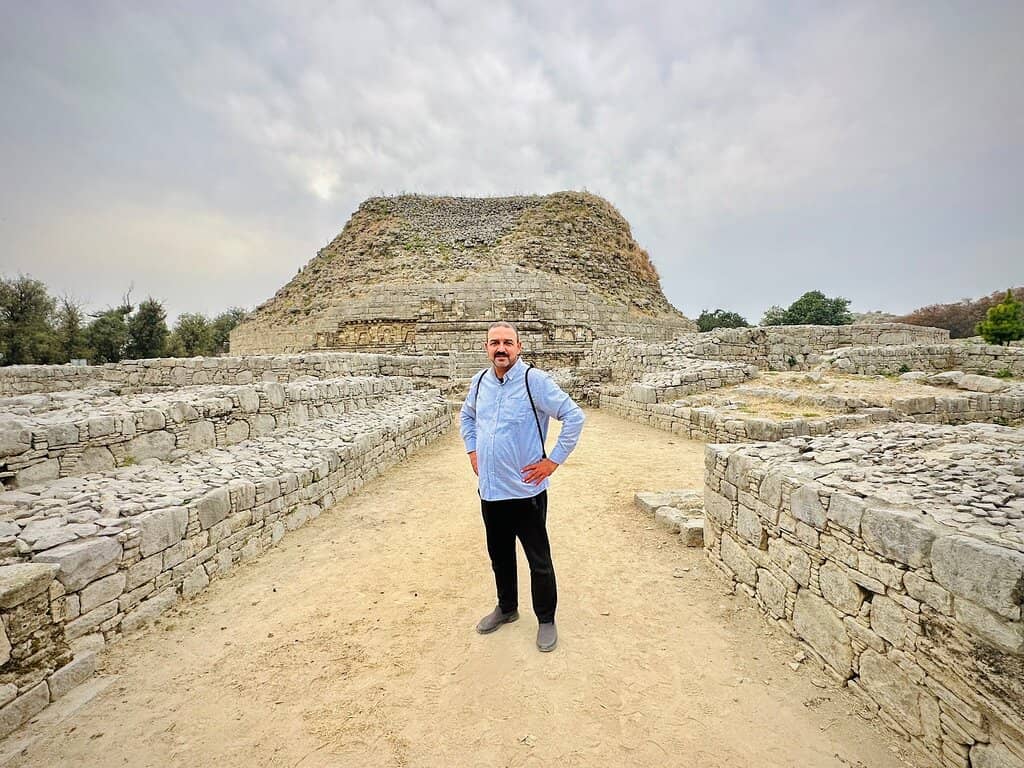
The Great Stupa
Central mound
The monumental Dharmarajika Stupa, built by Emperor Ashoka, a testament to ancient Buddhist faith and architecture.
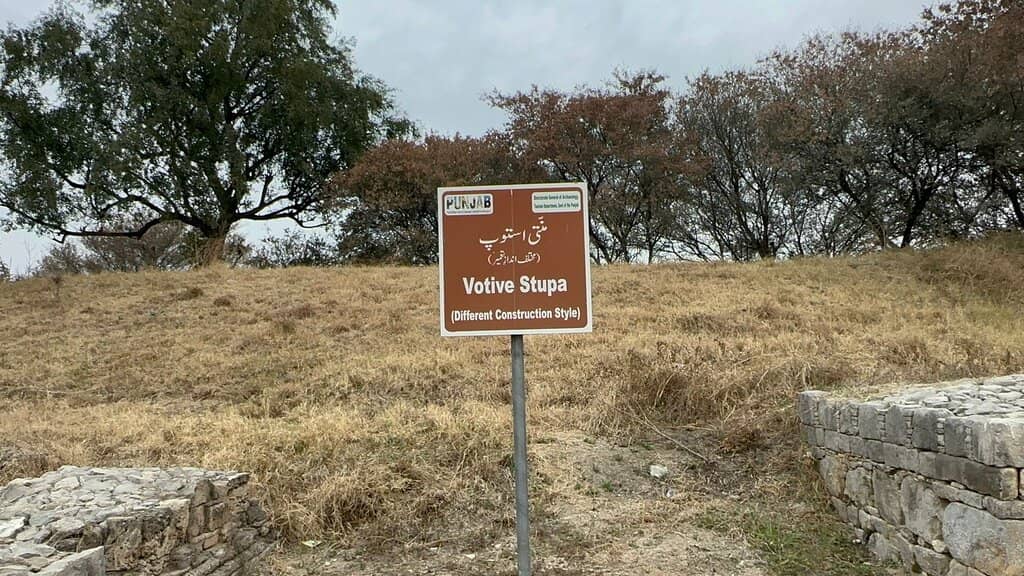
Votive Stupas and Monastic Cells
Surrounding the main stupa
Explore numerous smaller stupas and the remnants of monastic quarters, offering a glimpse into the lives of ancient monks.
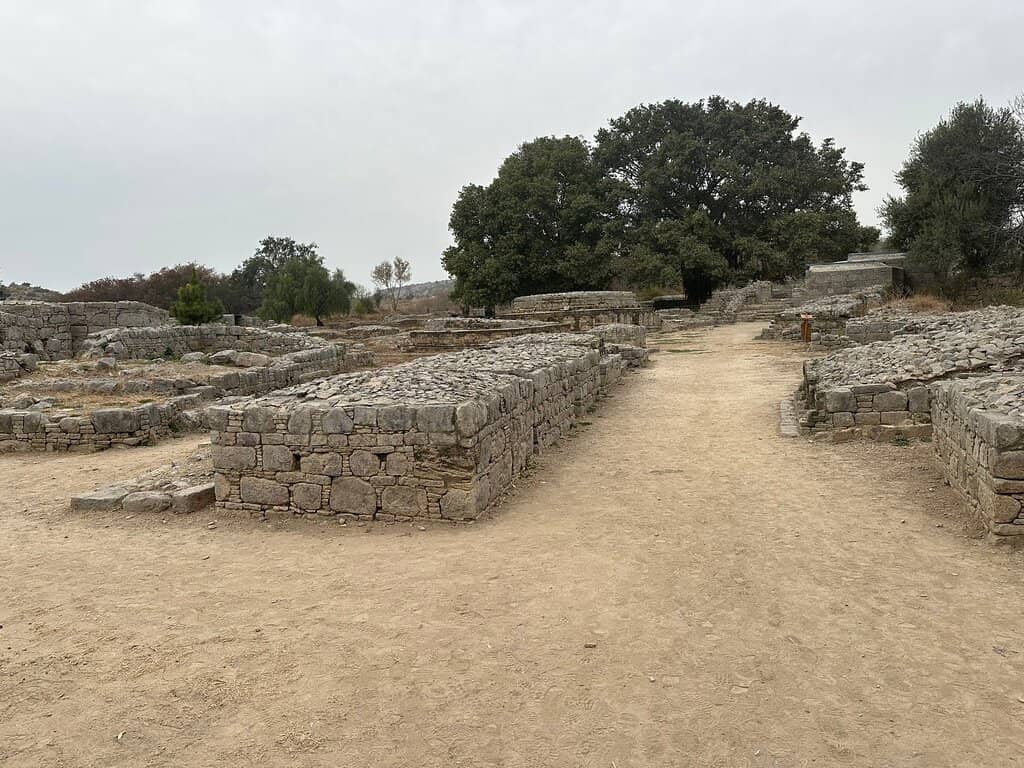
Buddha's Feet Inscriptions
Within the stupa complex
Discover ancient carvings, including depictions of Buddha's feet, symbolizing his presence and teachings.
Plans like a pro.
Thinks like you
Planning Your Visit
Timing Your Visit to Dharmarajika Stupa
Navigating Taxila's Ancient Sites
Best Times
Insider Tips
from TikTok, Instagram & Reddit
🎟️ Ticket Price
Locals pay 20 PKR. Foreigner prices may vary, inquire upon arrival. :ticket:
🚶♂️ Walking Distance
It's about 4km from Taxila Museum. Walk if you enjoy it, or take an auto-rickshaw for ~50 PKR per person. :athletic_shoe:
💧 No Tuck Shops
Bring your own water and snacks as there are no shops on-site. Stay hydrated! :water_wave:
🗣️ Hire a Guide
Consider hiring a guide for deeper insights, though some visitors note guards may ask for money. :bustsinsilhouette:
Tips
from all over the internet
🎟️ Ticket Price
Locals pay 20 PKR. Foreigner prices may vary, inquire upon arrival. :ticket:
🚶♂️ Walking Distance
It's about 4km from Taxila Museum. Walk if you enjoy it, or take an auto-rickshaw for ~50 PKR per person. :athletic_shoe:
💧 No Tuck Shops
Bring your own water and snacks as there are no shops on-site. Stay hydrated! :water_wave:
🗣️ Hire a Guide
Consider hiring a guide for deeper insights, though some visitors note guards may ask for money. :bustsinsilhouette:
📸 Best Photo Light
Visit in the late afternoon for beautiful golden hour light on the ancient structures. :camerawithflash:
What Travellers Say
Reviews Summary
Dharmarajika Stupa is lauded as a historically significant and religiously important Buddhist site, offering a glimpse into ancient Gandharan civilization. Visitors appreciate its historical depth and the peaceful atmosphere, though some note a lack of visitor amenities and inconsistent on-site services.
"Historical and religious place for Buddhism. It's 4km away from the Taxila Museum. 20 Rupees ticket for locals. There are a couple of points that i am not satisfied with:
1. As it's a tourist attraction point so there must be proper arrangements over there, as you can find no tuck shop over there.
2. Must be a guide that will explain everything to everyone without any extra charges or tip as they already charge a ticket.
3. This place will become more better than existing as there is a lot of room for improvement.
Noted: If you are a pro in walking then walk from the taxila Museum otherwise take an auto that will drop you to the point with a current fare of 50 Rupee per person."
Sidra Ayyaz
"Dharmarajika in Taxila , Pakistan is a historic site. Its history dates back to even before the 3rd century AD. This is where the first university of the Buddhist civilization was established. It is an excellent place for those who have a keen interest in history."
Muhammad Nasir Khawaja
"Place is good, historical place
But the security guard is asking for money without any reason and he didn't open the gate for us he told us. if you don't pay then open the gate by yourself.
This behaviour is very rude 😑"
Hamza Malik
What People Like
What People Dislike
Frequently Asked Questions
🚇 🗺️ Getting There
Dharmarajika Stupa is approximately 4 kilometers from the Taxila Museum. You can choose to walk if you enjoy exploring on foot, or opt for a more convenient auto-rickshaw ride, which typically costs around 50 Pakistani Rupees per person.
Many visitors combine Dharmarajika Stupa with other sites like the Taxila Museum and Sirkap City. Hiring a local guide or using auto-rickshaws are popular and efficient ways to navigate between these historical locations.
While direct public transport to the stupa might be limited, auto-rickshaws are readily available in Taxila and can take you directly to the site from the main town or museum.
Yes, you can drive to Dharmarajika Stupa. There is usually space for parking, though it might be informal. The site is accessible by road.
Dharmarajika Stupa is located in Taxila, which is about 50-60 kilometers northwest of Islamabad. The drive typically takes around 1 to 1.5 hours, depending on traffic.
🎫 🎫 Tickets & Entry
The entrance fee for locals is typically around 20 Pakistani Rupees. Foreigner ticket prices may differ, so it's advisable to inquire at the site upon arrival.
While specific official hours are not always clearly stated, it's generally best to visit during daylight hours. Early mornings and late afternoons are recommended for a more pleasant experience.
No, advance booking is generally not required for Dharmarajika Stupa. Tickets are usually purchased on-site.
As a historical and religious site, it's respectful to dress modestly. Avoid overly revealing clothing. Covering shoulders and knees is generally a good practice.
Yes, you can visit on public holidays, but expect potentially larger crowds, especially with local families and tourists.
🎫 🧭 Onsite Experience
The main attractions include the Great Dharmarajika Stupa itself, numerous smaller votive stupas, remnants of monastic cells, and ancient inscriptions, including depictions of Buddha's feet.
While there isn't always a formal guide service, some visitors have mentioned interacting with guards who might offer explanations, sometimes for a tip. It's also possible to hire guides in Taxila.
Facilities are quite basic. There are no tuck shops or cafes on-site, so it's essential to bring your own water and snacks. Restrooms might be available but can be rudimentary.
Allocate at least 1-2 hours to explore Dharmarajika Stupa thoroughly, especially if you plan to wander around the surrounding ruins and take photos.
Yes, Dharmarajika Stupa is part of the ancient city of Taxila, which is recognized as a UNESCO World Heritage Site, highlighting its global historical significance.
📸 📸 Photography
Late afternoons, especially during the golden hour, offer beautiful lighting for photography. Early mornings can also provide soft light and fewer people.
Generally, photography is allowed at Dharmarajika Stupa. However, always be respectful of the site and avoid intrusive photography, especially if there are any local ceremonies or gatherings.
The main stupa with its grand scale, the intricate details of the votive stupas, and the surrounding monastic ruins offer excellent photographic opportunities. The Buddha's feet carvings are also a unique subject.
Drone usage is often restricted at historical and archaeological sites due to preservation concerns and regulations. It's best to check local rules or avoid using drones to prevent issues.
A versatile lens (like a 24-70mm equivalent) is great for capturing both wide shots of the stupa and details. A wide-angle lens can be useful for the grand scale, and a prime lens can be good for low-light conditions.
For Different Travelers
Tailored advice for your travel style
👨👩👧 Families with Kids
To make the visit more engaging for kids, focus on storytelling about Emperor Ashoka and the Buddha. Point out interesting shapes in the ruins or look for unique carvings. Visiting the Taxila Museum beforehand or afterward can provide visual aids and context that make the stupa ruins more relatable and exciting for younger visitors.
🏛️ History Buffs & Archaeology Enthusiasts
Pay close attention to the architectural evolution of the stupa, from its early form to later expansions. Examine the remnants of monastic cells and votive stupas to understand the monastic life and religious practices of the era. Visiting the Taxila Museum is essential, as it houses many of the artifacts unearthed here, offering a deeper understanding of the site's archaeological significance.
🚶♂️ Budget Travelers
Pack your own food and water to avoid any on-site expenses. While hiring a private guide might add to the cost, you can still gain a lot of information from signage (if available) and by researching beforehand. The historical value and experience are immense, making it a highly rewarding budget-friendly excursion.
Deep Dives
In-depth insights and expert knowledge
The Historical Significance of Dharmarajika Stupa
The original structure, a simple hemispherical dome, evolved over centuries. It was expanded and encircled by numerous smaller votive stupas and monastic complexes, reflecting its growing importance. The flourishing of Dharmarajika is deeply intertwined with the Gandhara civilization, a region known for its unique fusion of Indian and Hellenistic artistic and cultural influences. This blend is evident in the architectural styles and the art that once adorned the site.
During the Kushan period (1st–3rd century CE), Dharmarajika experienced its zenith, becoming a major center for Buddhist learning, sculpture, and architecture. However, by the 5th–6th century CE, the site faced destruction during the invasions of the White Huns (Hephthalites), leading to its eventual abandonment. Today, as a UNESCO World Heritage Site, the Dharmarajika Stupa stands as a powerful symbol of Pakistan's ancient Buddhist heritage and a crucial site for understanding the early development of Buddhism and Gandharan art.
Exploring the Gandharan Artistry
At Dharmarajika, this fusion is visible in the architectural elements and the sculptural fragments unearthed. While much of the original artwork has been lost or moved to museums, the site's layout and the surviving artifacts hint at the sophisticated craftsmanship. Intricate stone carvings, depictions of the Buddha in a more humanized form, and decorative reliefs showcase the artistic prowess of the Gandharan period. These elements were not merely decorative but served to convey Buddhist narratives and teachings to a wider audience.
Many of the artifacts discovered during archaeological excavations at Dharmarajika, including stone caskets, coins, and inscriptions, are now housed in the Taxila Museum. These findings provide invaluable insights into the religious practices, artistic styles, and daily life of the people who lived and worshipped here centuries ago. The presence of elements like the 'Buddha's Feet' carvings further emphasizes the deep spiritual significance and artistic expression embedded within the site.
Visitor Experience and Practicalities
However, practical aspects require attention. Several reviews mention a lack of amenities, such as tuck shops or readily available guides. It's highly recommended to bring your own water and snacks, especially during warmer months, as the site can be exposed. While the entrance fee for locals is modest, foreign visitors should confirm the current rates. Some visitors have also reported instances of guards asking for money, which can detract from the experience.
For those interested in a comprehensive understanding, combining a visit to Dharmarajika Stupa with the nearby Taxila Museum is highly recommended. The museum houses many of the artifacts excavated from the site, providing crucial context and detail that enhances the on-site experience. Planning your transport and being prepared for basic facilities will ensure a more enjoyable and insightful visit to this remarkable historical landmark.

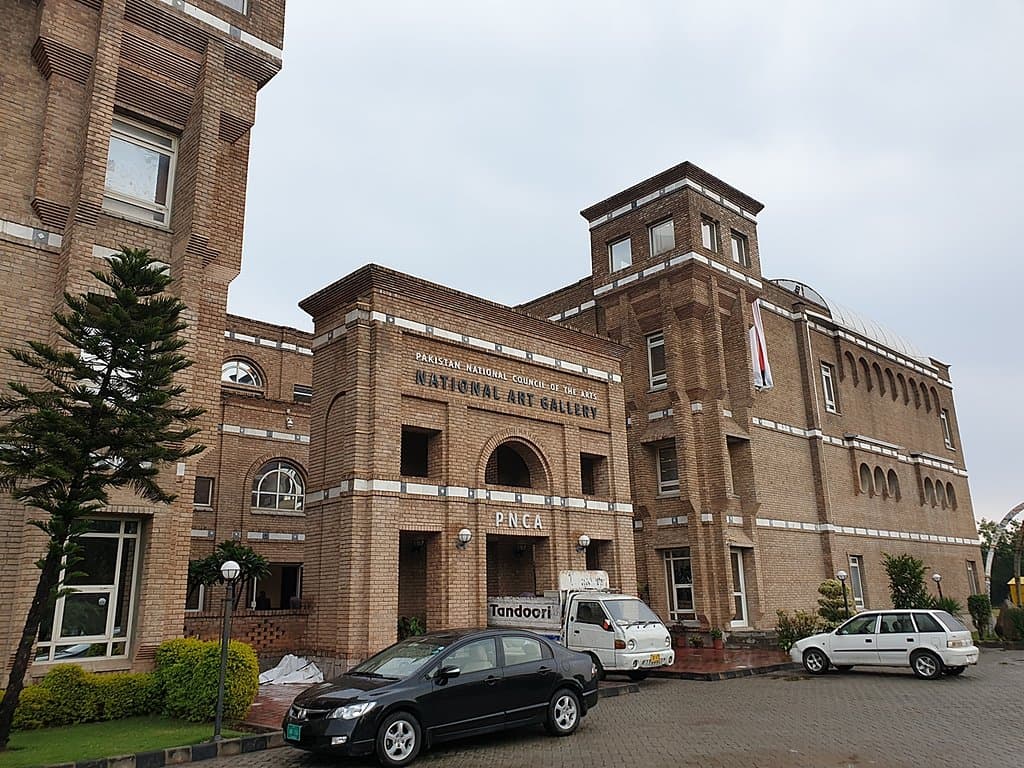
Social
from TikTok, Instagram & Reddit